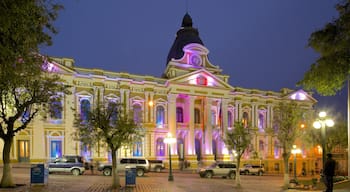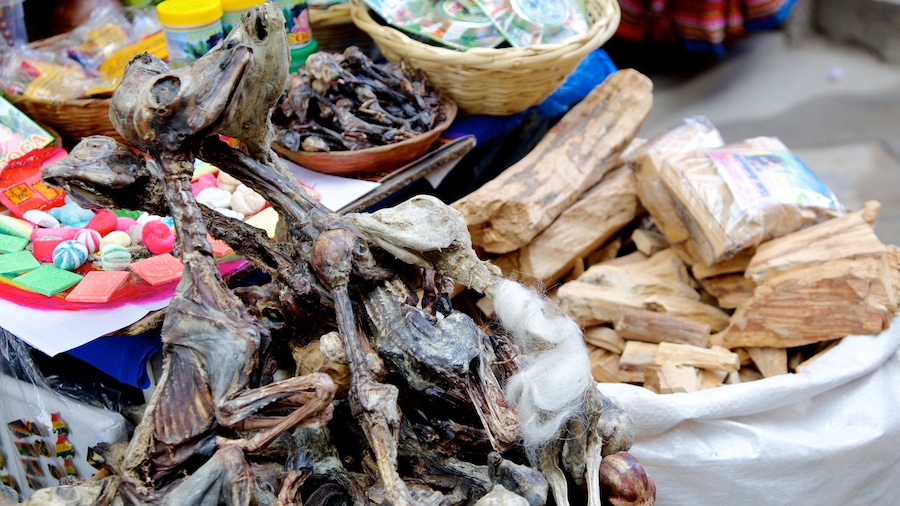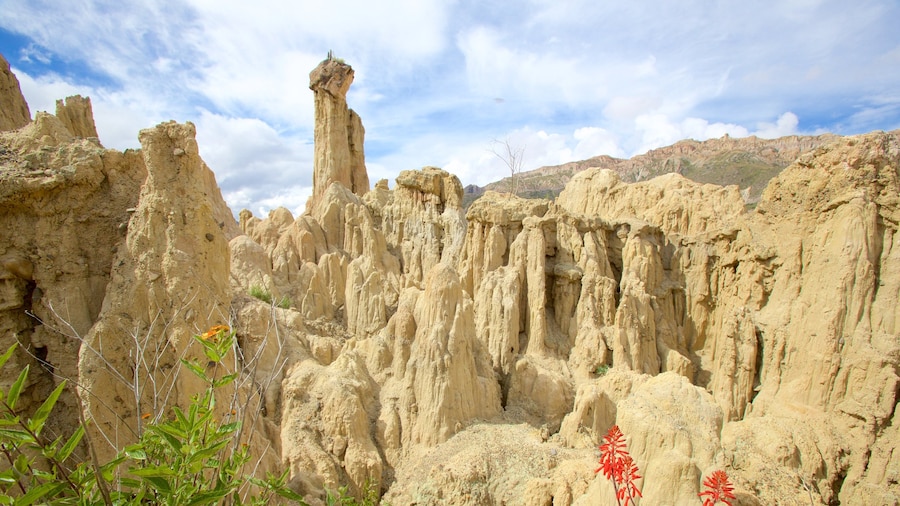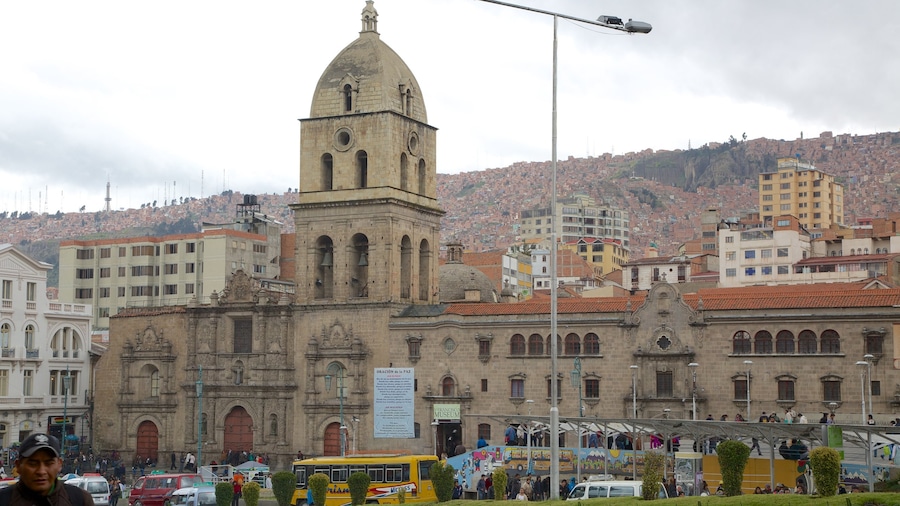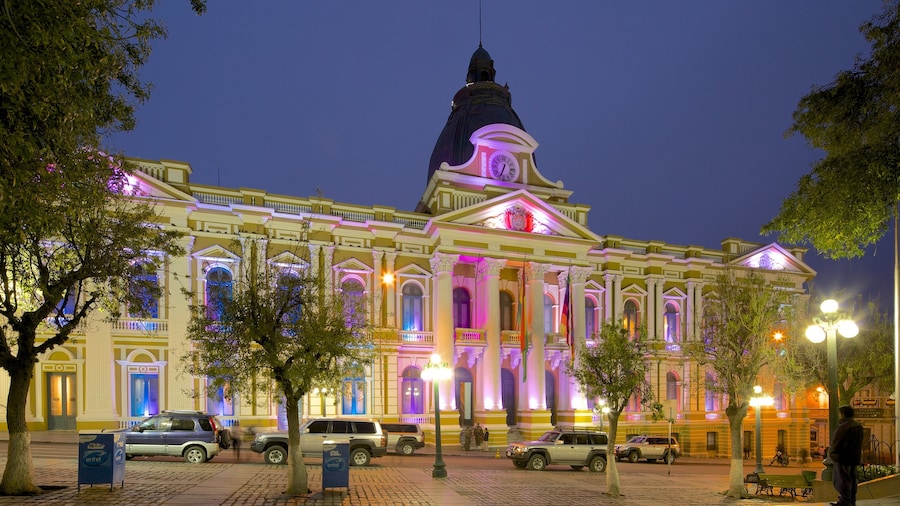Discoverthe customs of the Aymara people, see Bolivia’s colonial-era governmentbuildings and learn area history in a modern museum in this old Andean city.
The historic city of La Paz feels like apiece of an older world preserved in a mountaintop shelter. A large part of theindigenous population still walks around the streets in traditional garb,markets sell spiritual talismans and colonial-era architecture abounds.However, the city also has its modern perks, like high-rise hotels in the citycentre, a great assortment of museums and the seat of Bolivia’s nationalgovernment.
Plaza Murillo is a good starting point. Two statelygovernment buildings, the PresidentialPalace and the Palacio Legislativo,stand on the historic square. Visit the nearby National Museum of Art to see the art and culture of Bolivia fromthe pre-Hispanic era up until today.
Further museums can be found on the Calle Jaén, an old street paved incobblestones. The Museo de InstrumentosMusicales presents the long history of music in the region, while the Museo de Metales Preciosos showcases thegold and silver trinkets resulting from Bolivia’s rich mining history. Also,stop by the Museo de la Coca, aninformative exhibition on the many uses that area cultures have found for thecoca leaf.
Stop by some La Paz street markets whileyou tour the city. Plaza San Francisco featuresa handicraft market. Climb up into the bell tower of the San Francisco Church abutting the square to look over the citycentre and the Calle Sagárnaga. Thenearby Witches’ Market is one of thecity’s most unique experiences, where indigenous Aymara residents sell mysticalwares. Learn your fortune from a witch doctor, or buy a mummified llama foetus.
With an airport situated at an elevation of 4,058 metres (13,313feet), La Paz has thin air that can fatigue travellers who are not acclimatedto it. Get around the city via taxi or shared “mini buses.” Rent a car toexplore the varied region around the city, which includes some of the highestpeaks of the Andes, South America’s largest lake and one of the strangestsights you’ll see—the reflective Uyuni salt flats.





